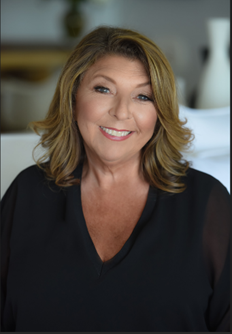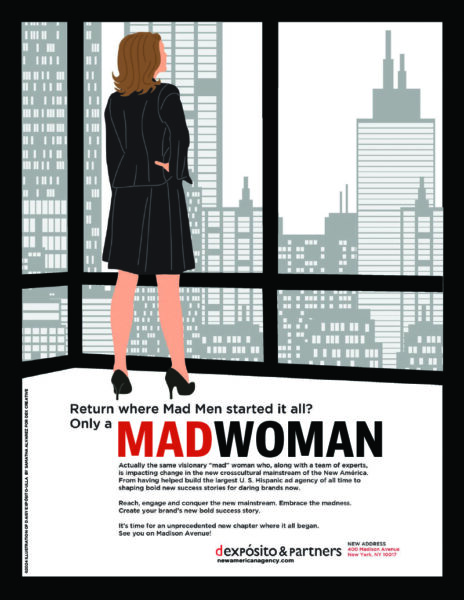Moving back to the future
April 20, 2024

By Daisy Expósito-Ulla
There was some intentionality in the move, I have to admit. As we set out to find a new office after the pandemic, a space that would accommodate a new hybrid work model, a bunch of “what-ifs” came up but one in particular felt the most appealing: “What if we were to go back to where it all started — that historic New York artery named Madison Avenue?”
Some, of course, would probably question our sanity—even if just briefly. Why would anyone in their right functional mind go back to an area that’s not exactly as emblematic of its pedigreed advertising past? Why when you see ad shops flocking downtown and to trendy neighborhoods like Dumbo?
But what if your brain suddenly got smart and donned a visionary hat and looked at the move as a new chapter for Madison Avenue, tailored to the demands of a new America and its new consumers?
Madison Avenue is more than just a historic relic. Like New York City, it’s an infectious state-of-mind, an unstoppable dream machine, a box filled with unrevealed magic. Madison Avenue was where wild ideas, risky concepts and legendary campaigns were born — it’s where creativity knew no boundaries. No wonder its value as a synonym for our industry still holds luster.
As such, wouldn’t it be the perfect timing to infuse it and revitalize it now with a fresh vision, laser-focused on today’s new mainstream consumers? Come to think of it, the whole thing feels a bit like re-inventing Madison Avenue as America re-invents itself.

“Go back to Mad Avenue?” “Return to where Mad Men started it all?” And then, from those who know me, a predictable conclusion: “Only a Mad Woman.”
To be precise, I wasn’t around during that era, of course. My beginnings go back to a pivotal time, a little after, where some daring ladies began to earn — for good reason! —the moniker of Fearless Women. And this all happened where it had to happen —on Madison Avenue.
So we’re back. Not only where giants of persuasion and commerce made history, but also where the U.S. Hispanic Market communications industry had a transformational role in re-shaping American advertising. Here, where the ad industry exploded since the 1920s. Here, where the challenges keep changing as fast as the “Mainstream of the Past” becomes more and more unrecognizable. Here, where it’s impossible to ignore the 3.2 Trillion U.S. Hispanic consumer market, or the fact that African-Americans, Asian-Americans, Latinos, and people from all geographies, contribute to the enrichment and contagious vibrancy of a multicultural, multilingual nation. Here, where — let’s not forget it! — crosscultural means money.
Speaking of money, linguists have a twenty-dollar word that can be used to refer to a place that can be associated with something else: “Metonymically,” Madison Avenue has been the undoubted symbolic headquarters of advertising. And, arguably, just like Madison Avenue may have sort of “left” Madison Avenue, America has also “left” to be exactly what it was in order to become a powerful, new and attractive crosscultural phenomenon with enormous growth potential.
That’s exactly why we’re back on this still glorious Madison Avenue.
About Author
Daisy Expósito-Ulla is CEO of d expósito & Partners. For nearly twenty-five years she led Y&R/WPP’s The Bravo Group, when it became the largest multicultural agency of all time. In 2018, she was inducted into the AAF’s Hall of Fame.































